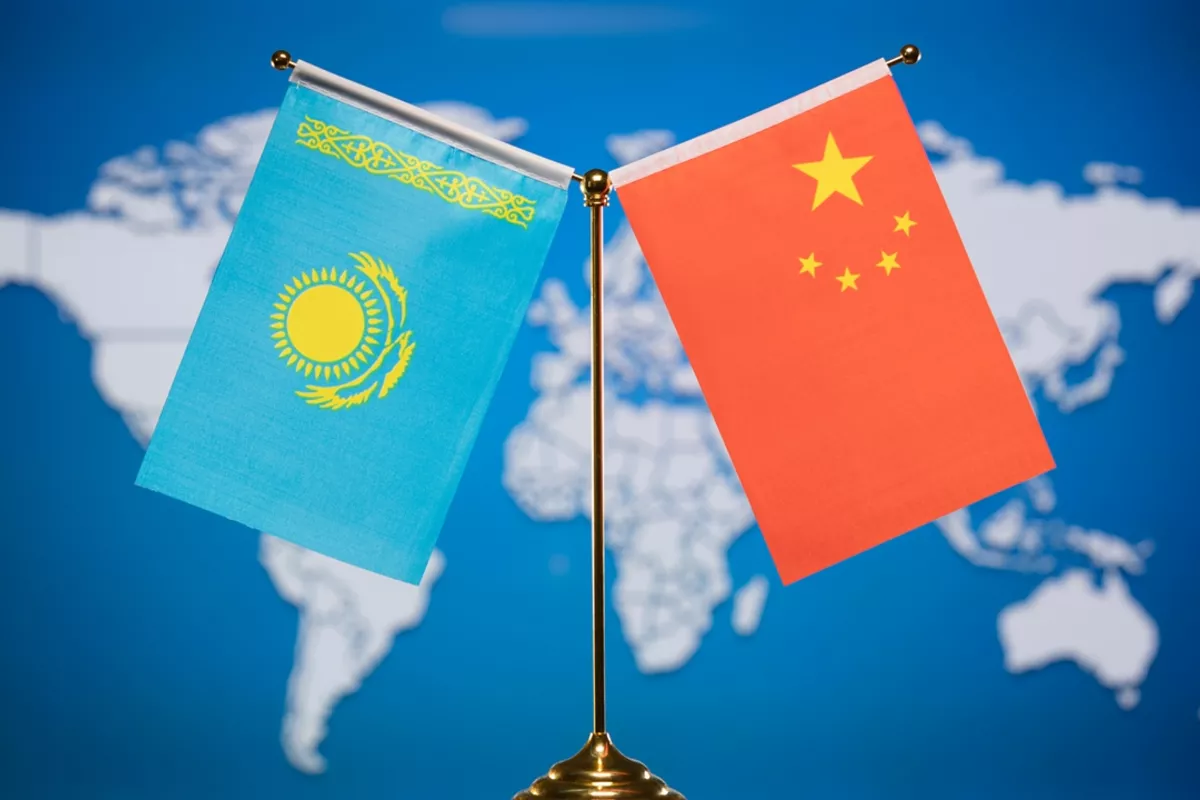
Photo:VCG
For the second year in a row, China continues to be Kazakhstan’s largest foreign economic partner. In 2023, China accounted for over 20% of Kazakhstan’s total trade turnover, up from 15.1% in 2019, The Caspian Post reports citing foreign media.
Trade Dynamics: What Kazakhstan Sells and Buys
Data from the National Statistics Bureau of the ASPiR RK show that bilateral trade between Kazakhstan and China reached $30.1 billion in 2023. Kazakhstan exported goods worth $14.9 billion to China, while imports from China totaled $15.2 billion.
In the first quarter of 2025, trade turnover stood at $5.9 billion, a 5.1% decrease compared to the same period in 2024. Analysts attribute this dip primarily to reduced exports from Kazakhstan.
Kazakhstan’s exports to China consist predominantly of raw materials: oil and gas, ores, metal concentrates, uranium, and agricultural products. China, in return, exports transport equipment, electronics, construction materials, clothing, and footwear to Kazakhstan. Notably, Kazakhstan spent over $100 million on Chinese sock imports last year.
Digital technology also represents a significant share of imports, with Kazakh companies spending approximately $683.6 million on computers and laptops.
Chinese Investment: From Energy to Industrial Zones
China ranks among the top five foreign investors in Kazakhstan. In 2024, direct investment from China amounted to $1.2 billion, almost 50% less than the previous year. This decline mirrors broader trends affecting other major investor countries.
Overall, 2024 marked a record low for gross foreign direct investment (FDI) inflows into Kazakhstan. Between 2015 and 2022, 25 joint projects valued at $7.4 billion were implemented. According to KAZAKH INVEST and Halyk Research, an additional 30 major initiatives worth $5.2 billion are in the pipeline.
One flagship project is the $1.5 billion copper smelter in the Abai region, a joint venture between KAZ Minerals and Chinese investors, expected to be completed by the end of 2028.
Another major initiative is an industrial town in the Zhetysu region’s special economic zone (SEZ), with investments totaling $638 million. The site will host enterprises in non-ferrous metallurgy, electronics, and food production, spanning over 1,000 hectares.
China is also a key player in Kazakhstan’s renewable energy sector, financing wind farms in the Abai, Aktobe, Mangistau, and Ulytau regions at an estimated cost of $1.2 billion.
As of May 1, 2025, more than 4,100 legal entities with Chinese participation were registered in Kazakhstan, which is 3.5 times the number recorded in 2019, according to the Bureau of National Statistics. Of these, approximately 40.7 percent (about 1,700 companies) are involved in trade, while others operate in industry (354 enterprises), construction (352), and mining (209).
Share on social media